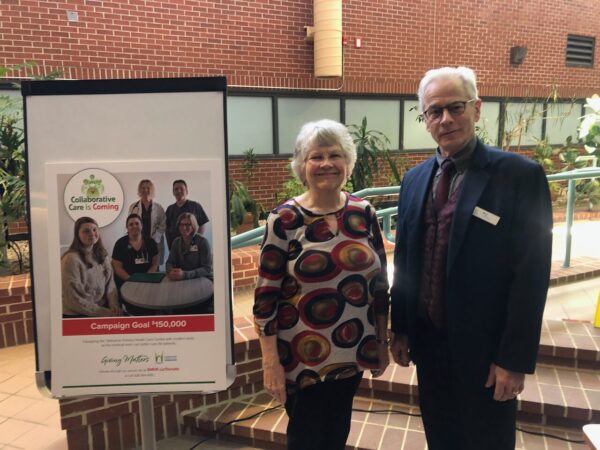
Hear this story as reported on Tantramar Report:
At this week’s regular meeting, Tantramar councillors heard from three groups working to protect and preserve the region’s land and waters.
Jennifer Dingman of the Fundy Biosphere Region talked about the work happening in the UNESCO designated region, and also told councillors about her plans to install a sign in front of Shep the Sandpiper in Dorchester village square.
The Johnsons Mills Shorebired Interpretive Centre is one of the key sites in the Fundy Biosphere Region, and Dingman’s group actually put up the money to pay Robin Hanson, the artist who recreated the beloved bird statue, back in 2023.
Council also heard from representatives from the Canadian Parks and Wilderness Society New Brunswick and the Canadian Wildlife Service who are all are part of the Inner Bay of Fundy Conservation Planning Initiative, an umbrella group formed in 2020 to work on ways to protect and conserve Chignecto Bay, which has been proposed as part of Canada’s Marine Conservation Network.
The group is working on developing a variety of tools, including protection, education and restoration to help meet the Inner Bay of Fundy conservation goal. One of those tools could be designation of Chignecto Bay as a marine protected area.

“There’s no single strategy that will move the needle,” said the Canadian Wildlife Service’s Karel Allard after the meeting. “In terms of overall health of the Inner Bay of Fundy, you need to have complementary strategies,” including clean water initiatives, removal of watercourse barriers, and restoration projects.
“But having a Marine National Wildlife Area or a protected area, whether it be provincial, Indigenous-led, federal—ideally, a combination of all of these—will certainly enable us to leverage attention to support the implementation of those complementary strategies.”
Since Europeans arrived and started transforming the landscape on the Chignecto Isthmus, says Allard, about two thirds of the salt marsh has been destroyed.
“You cannot remove 66% of something without having a dramatic impact,” says Allard. “We think if we bring back a significant portion of that, not 100% but if we get back to 50% maybe, that’s enough that we’ll actually be able to see measurable change in the ecosystem.”



















